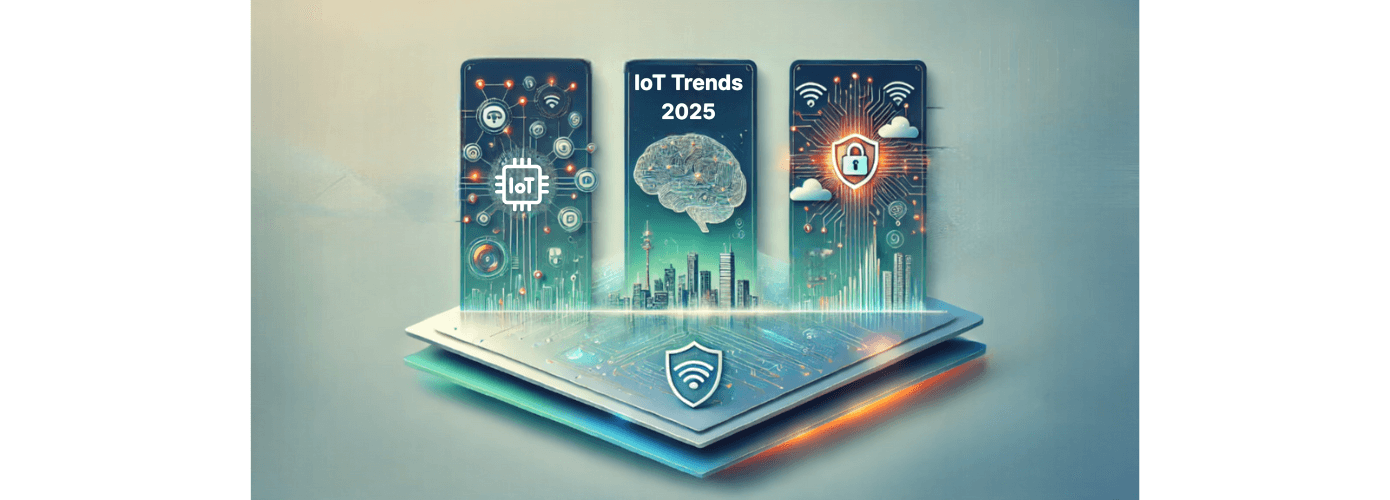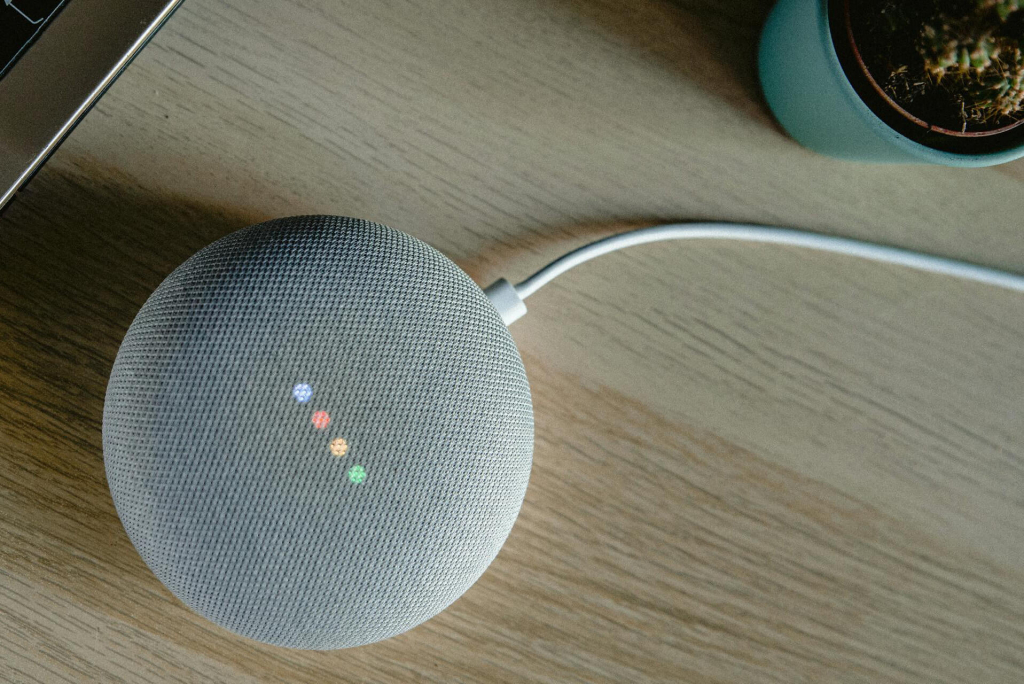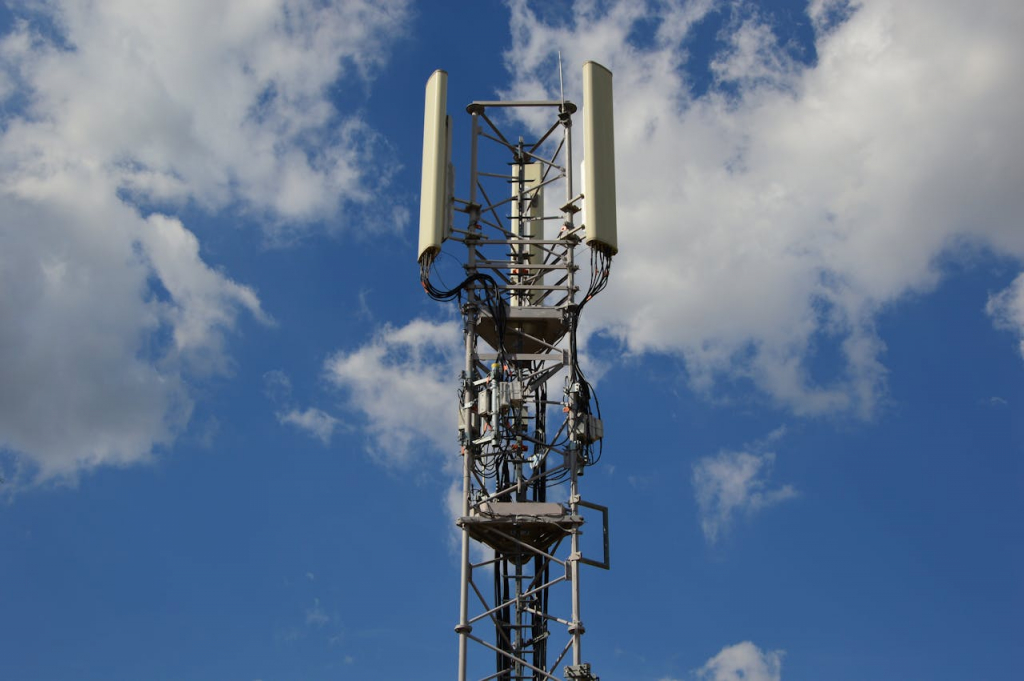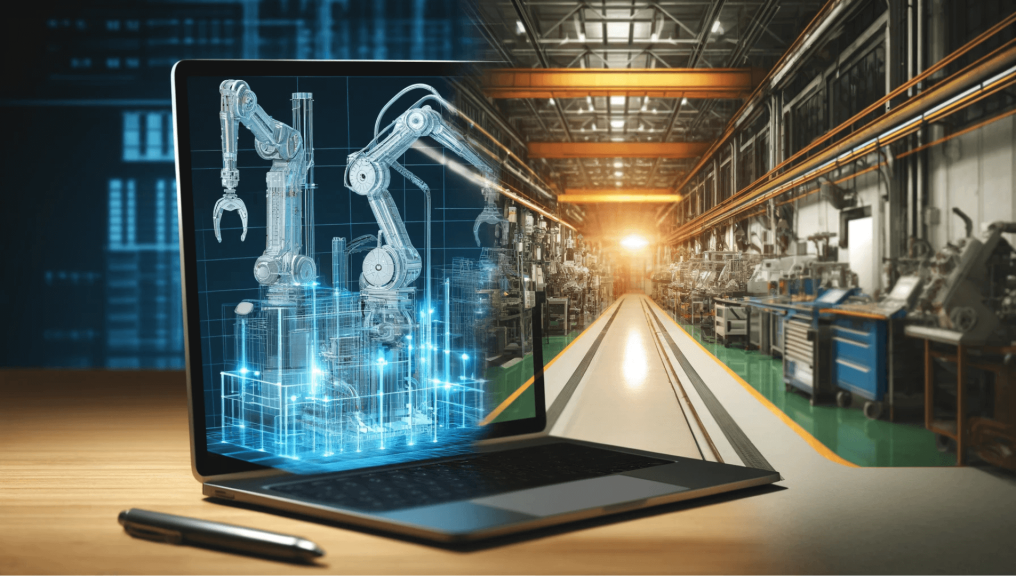Key IoT market trends & insights in 2025

IoT is no longer just an assistant for humans. While this function is still a core one, there are more tasks that IoT can handle independently and autonomously. With the help of the latest IoT trends, the technology gains strength and sophistication. Predictive maintenance, AI, edge computing, and greener devices and technologies — let’s review the IoT trends of 2025 and beyond.
Key components of IoT
What does the Internet of Things consist of?
Sensors and devices like industrial sensors, wearable devices, and smart cameras collect different kinds of data;
Connectivity is represented by networks that transmit data: Wi-Fi, Bluetooth, 5G, LPWAN, or satellite;
Data processing and analytics: AI and machine learning analyze IoT data to detect patterns;
User interfaces and control systems: mobile IoT applications, dashboards, and voice assistants are made for humans to interact with IoT devices.
Why businesses must stay ahead of IoT trends: landscape of IoT in 2025
Gartner predicts that the global IoT market is expected to reach $991 billion by 2028 thanks to new IoT market trends: 5G adoption, investments in IoT infrastructure, and AI-powered applications.
The billions of interconnected devices producing real-time data require companies to adopt technologies that would deal with the collected data and make it useful. The top IoT trends help businesses navigate through the complexities of the technology landscape, which sometimes can feel overwhelming.
7 IoT market trends to consider in 2025
Let’s observe what IoT is going to be about this year.
1. AI-powered IoT for smarter decision-making
IoT trends of 2025 induce businesses to put efforts into real-time data processing rather than collecting it for later. Artificial intelligence algorithms are finding new applications in IoT systems. In 2025, IoT devices will not only collect and transmit data: IoT and AI will work autonomously and make more informed and high-quality decisions in real time on their own.
AI-driven edge computing will process data closer to the source, enabling immediate responses from devices and vehicles. Artificial intelligence will also affect industrial automation. Let’s observe how the technology giants use AI in their products and services:
Tesla uses AI in self-driving cars and vehicle diagnostics;
Amazon and Google use AI for smart home devices and voice assistants;
Siemens uses AI and advanced analytics in its IIoT solution MindSphere;
IBM provides AI-driven IoT solutions for healthcare and supply chain management;
John Deere uses IoT and AI in agriculture to analyze soil conditions and optimize irrigation.

2. Edge computing and 5G revolutionizing connectivity
5G is one of the key IoT connectivity trends to watch in 2025. Another hot trend is edge computing, which will revolutionize the current way companies handle information. AI-driven edge computing will replace cloud services for data processing, predicts the CEO of a leading industrial solution provider, Factana, Hariharan Ganesh.
Unlike centralized cloud computing, edge computing manages data at the data source or near it. The edge endpoints include laptops, smartphones, or IoT sensors with limited storage and power capabilities. Without the need for transferring data to the cloud, companies get:
Ultra-low latency: 5G minimizes network delays and enables real-time processing;
Faster data processing: edge computing allows data to be processed locally, while 5G ensures fast data transmission between devices and servers;
Improved reliability: 5G ensures a stable connection, essential for industrial automation and emergency response systems;
Improved security: due to stronger encryption and authentication 5G makes it harder to intercept data.

3. IoT security and privacy measures as priority #1
IoT systems collect a lot of information, so data security is among the biggest concerns for 2025 and—most likely—future years. The extremely precise personalization requires a lot of data qualified as sensitive. Since connected devices are often a desirable target for cybercriminals, the vital questions are how the data is owned, stored, and used.
Artificial intelligence and blockchain technology can help equip devices with advanced authentication mechanisms to protect them from physical attacks. To help prevent data misuse, companies could get compliant to regulations like GDPR or CCPA, which control user consents and help make the data usage policies more transparent.
In future years, there may be more certifications regulating the digital safety of IoT devices. For instance, the Federal Communications Commission (FCC) introduced the Cyber Trust Mark in the US. The program allows companies to certify their devices and get a label confirming that the products meet the cybersecurity requirements.
4. The rise of industrial IoT (IIoT) in smart manufacturing
The worldwide enterprise IoT market size reached $544 billion in 2022, while analysts predict it will grow to $3.3 trillion by 2030. Businesses across manufacturing, oil and gas, automotive, healthcare, logistics, and other sectors adopt IoT market trends, which results in operational automation and cost reduction.
IoT industry trends for smart manufacturing include:
Real-time monitoring of equipment health and performance through IoT sensors enables early detection of potential issues;
The combination of AI and robotics systems reduces worker mistakes while increasing operational efficiency and protecting employees from harm;
The Internet of Things tracks inventory and goods through IIoT, which leads to optimized supply chains that result in faster shipping;
IIoT sensors make daily tasks easier and help save energy.
5. Green IoT solutions
Since IoT fully relies on electricity, one of the top IoT trends is reducing the environmental impact and becoming “green”. In 2025, sustainability will be one of the core priorities. The green IoT solutions will include technologies and approaches that minimize energy waste. Let’s review some of them.
Energy-efficient antennas combine reduced power consumption with superior network performance. This technology allows for more efficient energy usage within modern 5G and IoT systems.
Fiber optics are thin cables of glass or plastic used for data transmission instead of copper wires. Internet providers use fiber optics as a faster and more reliable connection that can work during power outages.
Small cells, as low-power devices, enhance network coverage and capacity while reducing energy usage. They are designed differently from standard base stations. Small cells operate at lower power levels to manage local traffic effectively while using less energy in comparison to large stations.
6. IoT and digital twins: transforming business operations
Another IoT market trend in 2025 is digital twins: virtual replicas of physical objects, systems, or processes continuously updated with real-time data. IoT sensors collect data from physical assets, while digital twins create virtual replicas that analyze and simulate performance. Digital twins can use AI and data analytics to monitor and recreate their physical counterparts.
The technology can be used for:
Manufacturing: simulating the environment for predictive maintenance of the equipment;
Healthcare: creating patient-specific digital models for personalized treatment;
Smart cities: managing traffic flow and energy consumption.
Digital twin technology has integrated the worlds of the Internet of Things, artificial intelligence, and data analytics. As more complex devices connect and share data, digital twins help better test and optimize systems for peak performance.

7. Blockchain for IoT security and transparency
One of the emerging trends in IoT is using blockchain technology for data security. Interconnected devices of an IoT network generate huge amounts of data, including sensitive information. This data should be properly secured.
Traditional IoT architectures are typically centralized, depending on servers that cybercriminals often target. Blockchain offers a decentralized approach, distributing data and operations across a network of nodes. This significantly reduces the likelihood of severe failures.
Blockchain encrypts the data and stores it in a way that can’t be changed. Since there’s no central authority in such a setup, it’s impossible to complete fraudulent operations. Blockchain is also a system that records all transactions and all changes, making it completely transparent. The technology can be used to secure supply chains, smart cities, financial institutions, healthcare, real estate, energy, e-commerce, and more.
Vital insights for businesses leveraging IoT
Before implementing IoT solutions, check out current trends in IoT and find answers to the key questions.
1. What are the expected results?
Is it a global goal like higher sustainability of your business or a local task like digitizing the inefficient paperwork?
2. How will you measure the progress?
What benchmarks are going to be implemented to track the progress?
3. How will IoT impact operations?
Will it be the ground to build the system, or will it help the current system work more efficiently?
How to implement IoT in your solution
Here’s an approximate preliminary plan on what to start with.
1. Define business objectives. Set specific goals IoT should achieve or tasks it should address: reduce operational costs, enhance customer experience, save energy, etc. Be as specific as possible for best results.
2. Assess the readiness of your infrastructure. Evaluate current IT and network capabilities to understand if they can handle the implementation of IoT. If they aren’t ready, make a list of what’s holding you back.
3. Choose the appropriate solutions. Select IoT components and platforms that align with your business needs. You can use the IoT trends of 2025 as a guide. If you plan to outsource IoT development, consult your contractor on the best options.
4. Start with an MVP: create a “stripped down” version of the solution that would include only vital features to validate a product idea.
5. Scale and expand: if the solution is a success, integrate it with the existing systems and design future systems with the IoT trends in mind.
To sum up: preparing for the future of IoT through the latest trends
Keeping an eye on both current and future trends in IoT is crucial for forward-looking businesses. The IoT technologies are already an essential part of today’s world, and they are going to be improved and developed further to make even more impact on business success. So, if you haven’t yet thought of adopting IoT, it’s an exciting time to begin and stay at the cutting edge of the technology revolution.



